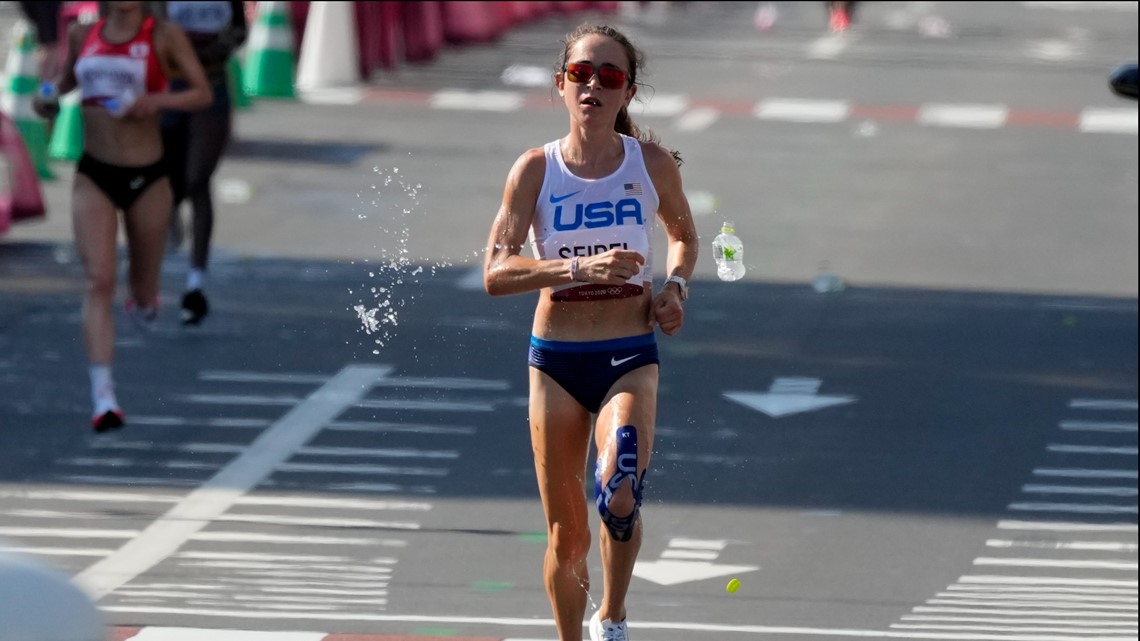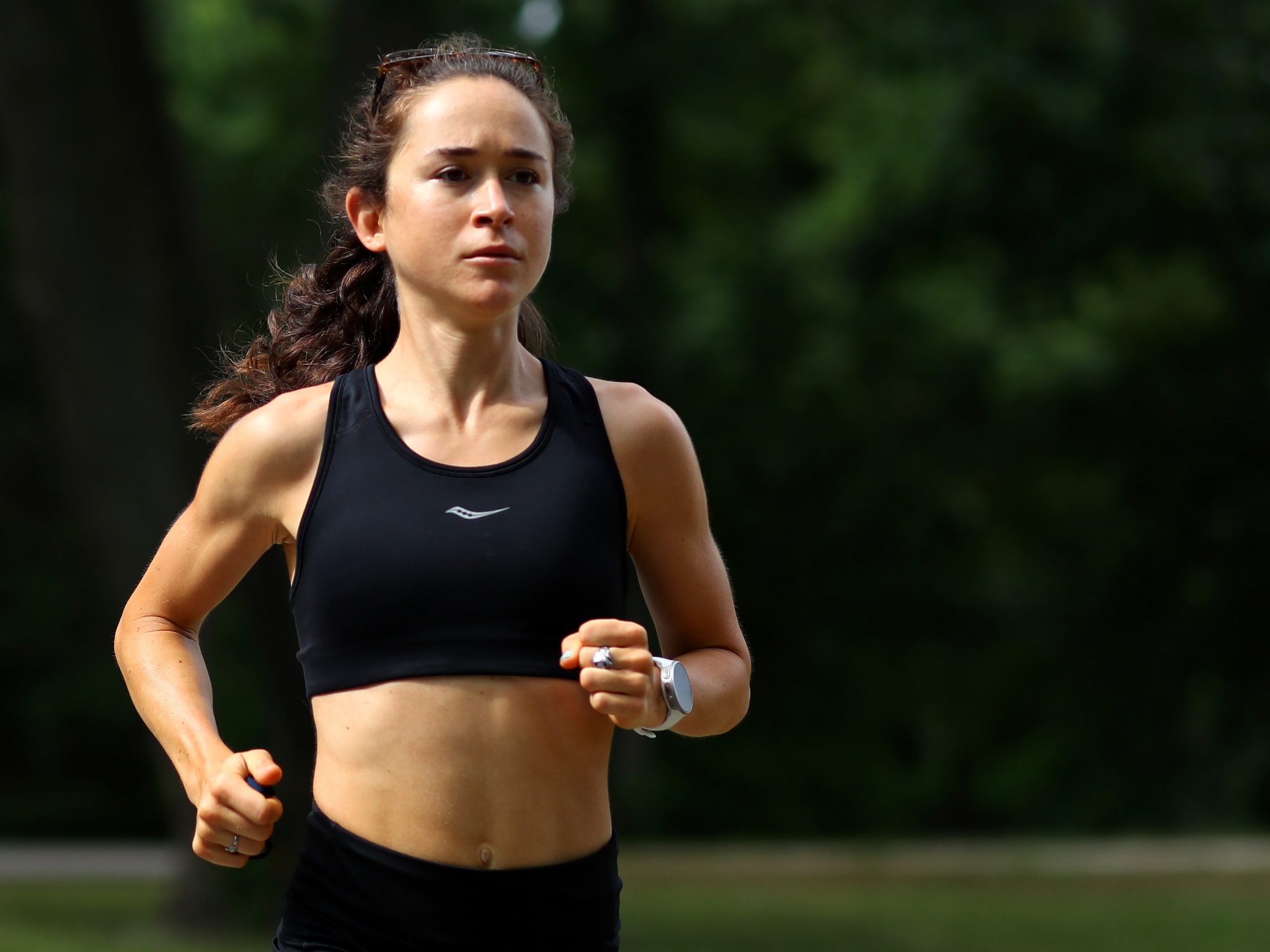


Training for long-distance running (LDR) aims to improve the “big three” performance-determining variables: maximum oxygen uptake (VO 2max the highest rate at which the body can take up and utilize oxygen during severe exercise), fractional utilization (the ability to sustain a high percentage of VO 2max when running), and running economy (VO 2 at a given submaximal running velocity). Overall, this review offers unique insights into the training characteristics of world-class distance runners by integrating scientific literature and results-proven practice, providing a point of departure for future studies related to the training and development in the Olympic long-distance events. While the African runners live and train at high altitude (2000–2500 m above sea level) most of the year, most lowland athletes apply relatively long altitude camps during the preparation period. The tapering process starts 7–10 days prior to the main competition. The training intensity distribution vary across mesocycles and differ between marathon and track runners, but common for both groups is that volume of race-pace running increases as the main competition approaches. Both groups perform 11–14 sessions per week, and ≥ 80% of the total running volume is performed at low intensity throughout the training year. These differences are mainly explained by more running kilometers on each session for marathon runners. The weekly running distance in the mid-preparation period is in the range 160–220 km for marathoners and 130–190 km for track runners. World-leading track runners (i.e., 5000 and 10,000 m) and marathon specialists participate in 9 ± 3 and 6 ± 2 (mean ± SD) annual competitions, respectively. Herein, we describe how fundamental training characteristics and well-known training principles are applied. In this review we integrate the scientific literature and results-proven practice and outline a novel framework for understanding the training and development of elite long-distance performance.


 0 kommentar(er)
0 kommentar(er)
